Liu Chuang (b. 1978, Tianmen) currently lives and works in Shanghai. In 2001, he received his BA from the Hubei Institute of Fine Arts.
Liu Chuang works primarily with film, sculpture, readymade and installation. His works often integrate long-term history and ecological arc for imagination, tracing the social, cultural and economic transformations of contemporary China. Weaving narratives that connect the micro and macro, past and present, fiction and reality, Liu Chuang explores how vast and complex changes in nature, tradition, demographics, cutting-edge technology, and socio-economic systems affect individuals and their engagements with the world as a whole.
His works have been featured in art museums including: Kunstmuseum Moritzburg, Halle, DE (2025); National Taiwan Museum of Fine Arts, Taiwan (2025); Centre Pompidou, Paris, FR (2024); Luma Westbau, Zurich, Switzerland (2024); Swiss Institute, New York, US (2024); Kunstverein in Hamburg (2024); Centre Pompidou × West Bund Museum Project, Shanghai, China (2024); M+ Museum, Hong Kong, China (2024); Toyota Municiple Museum of Art, Aichi, Japan (2024); National Museum of Contemporary Art Athens (ΕΜΣΤ), Athens, Greece (2022); Astrup Fearnley Museet, Oslo, Norway (2022, 2017, 2007); Centre Pompidou, Paris, France (2021, 2020, 2019); Centre Pompidou – Metz, Metz, France (2021); Kunsthalle Basel, Basel, Switzerland (2021); Seoul Museum of Art, Seoul, South Korea (2021); Power Station of Art, Shanghai, China (2021, 2014); MOT, Tokyo, Japan (2020); Taipei Fine Arts Museum, Taipei (2020); Para Site Hong Kong, Hong Kong, China (2020, 2016, 2012, 2009); NTU Centre For Contemporary Art, Singapore (2022, 2016); National Gallery Singapore, Singapore (2020); Guangdong Times Museum, Guangzhou, China (2019, 2018, 2017); Solomon R. Guggenheim Museum, New York, US (2018); House of World Cultures, Berlin, Germany (2016); Museum Berardo, Lisbon, Portugal (2016); Foundation Louis Vuitton, Paris, France (2016); Tampa Museum of Art, Tampa, US (2014); UCCA, Beijing, China (2013); Whitechapel Art Gallery, London, UK (2012); Minsheng Art Museum, Shanghai, China (2011); Pinacoteca Giovanni e Marella Agnelli, Turin, Italy (2010); New Museum of Contemporary Art, New York, US (2009); Macedonian Museum of Contemporary Art, Thessaloniki, Greece (2004); He Xiangning Art Museum, Shenzhen, China (2003) among others.
His recent biennales and triennials include: Bukhara Biennial: Recipes for Broken Hearts (2025); Ulaanbaatar Biennale 2025: On the Horizon, Under the Moon (2025); Sharjah Biennial 16: to carry (2025); Pulse of the Hinterland: The 4th Xinjiang China International Art Biennial (2024); Diriyah Contemporary Art Biennale 2024: After Rain(2024); 58th Luleå Biennia: Craft and Art (2022); 2nd Thailand Biennial – Butterflies Frolicking on the Mud: Engendering Sensible Capital (2021); 11th Seoul Mediacity Biennale: One Escape At A Time (2021); 13th Shanghai Biennale: Bodies of Water (2021); 3rd Guangzhou Image Triennale 2021: Intermingling Flux (2021); Kathmandu Triennale 2077: Garden of Six Seasons (2021); 12th Taipei Biennial 2020: You and I Don’t Live on the Same Planet (2020); 5th Dhaka Art Summit: Seismic Movements (2020); 5th Ural Industrial Biennial of Contemporary Art: Immortality (2019); 7th Asian Art Biennial: The Strangers from Beyond the Mountain and The Sea (2019); 10th Shanghai Biennale: Social Factory (2014); 10th Gwangju Biennale: Burning Down the House (2014); The 43rd (Inter) National Salon of Artists (43 SNA): Guide To The Unknown (2013); 1st New Museum Triennale: The Generational – Younger Than Jesus (2009) among others.
His film festival participation includes: 38th Internationale Kurzfilm Festival Hamburg, Hamburg, Germany (2022 forthcoming); 32nd Singapore International Film Festival (SGIFF), Singapore (2021); 66th Berlinale (Berlin International Film Festival), Berlin, Germany (2016); 7th Bucharest International Experimental Film Festival (BIEFF), Bucharest, Romania (2016); 5th Kyiv International Shot Film Festival, Kyiv, Ukraine (2016); 8th Crosstalk Video Art Festival: Dark Ecology, Budapest, Hungary (2016); Arkipel-Jakarta International Documentary & Experimental Film Festival, Jakarta, Indonesia (2016) among others.
Numerous prestigious public institutions have collected Liu’s works, such as: Tate Modern, London, UK; Centre Pompidou, Paris, France; M+ Collection, Hong Kong, China; Astrup Fearnley Museet For Moderne Kunst, Oslo, Norway; LUMA Art Foundation, Arles, France; Kadist Collection, Paris, France; San Francisco, US; Rubell Family Collection, Miami, US; DSL Collection, Paris, France; The Walther Collection, New York, US; Guangdong Museum of Art, Guangzhou, China; K11 Art Foundation, Hong Kong, China; Sigg Private Collection, Switzerland; New Century Art Foundation, Beijing, China; Taikang Art Space, Beijing, China.










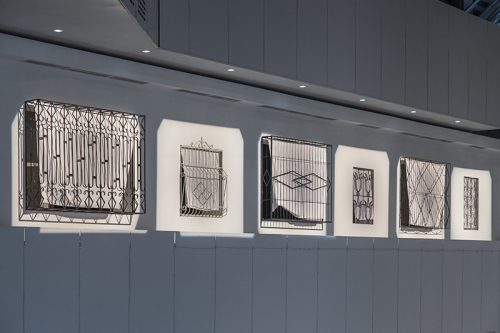

-500x2112.jpg)





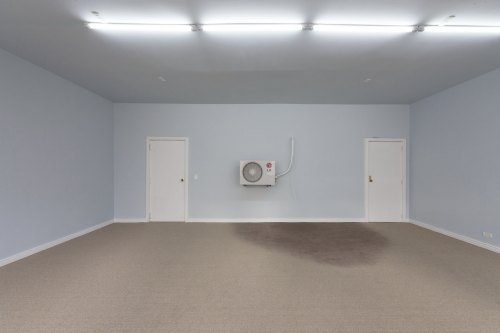



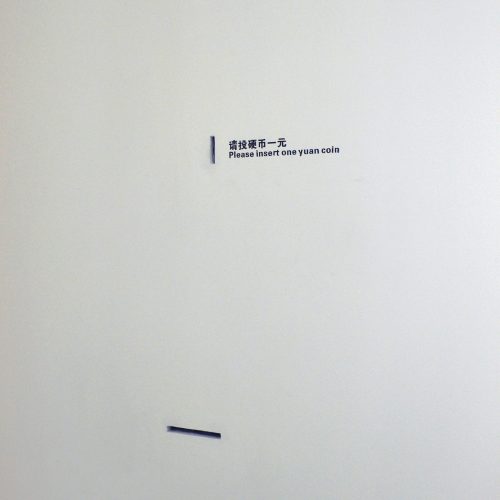
















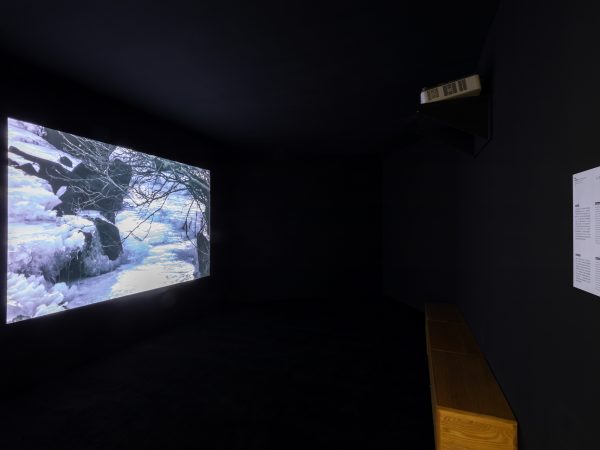
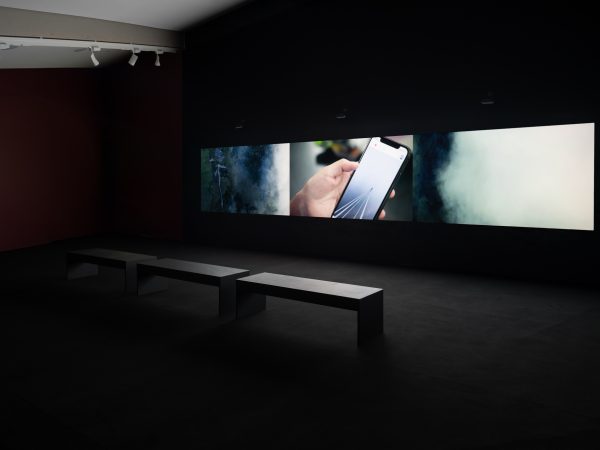
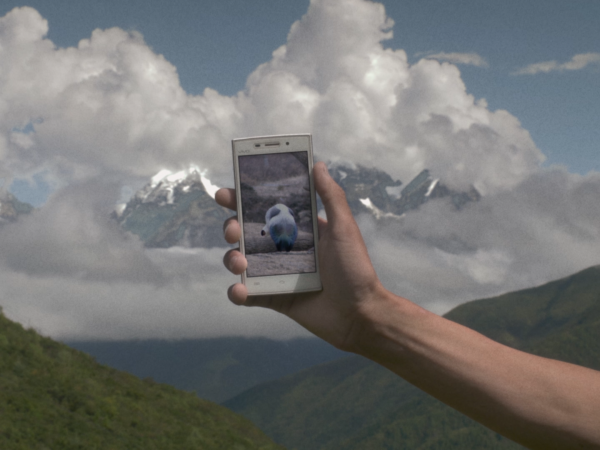

,尺寸多变-600x450.jpg)






